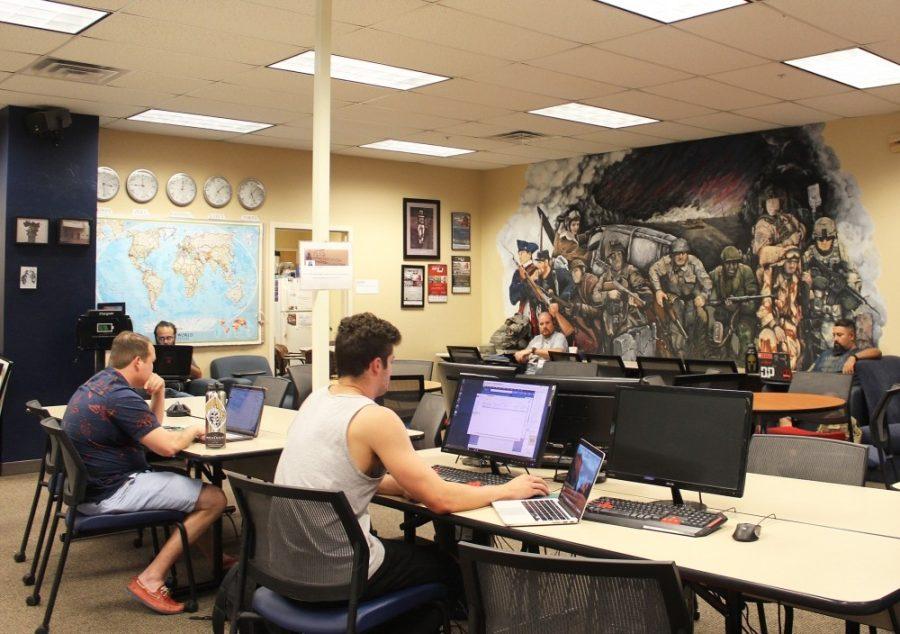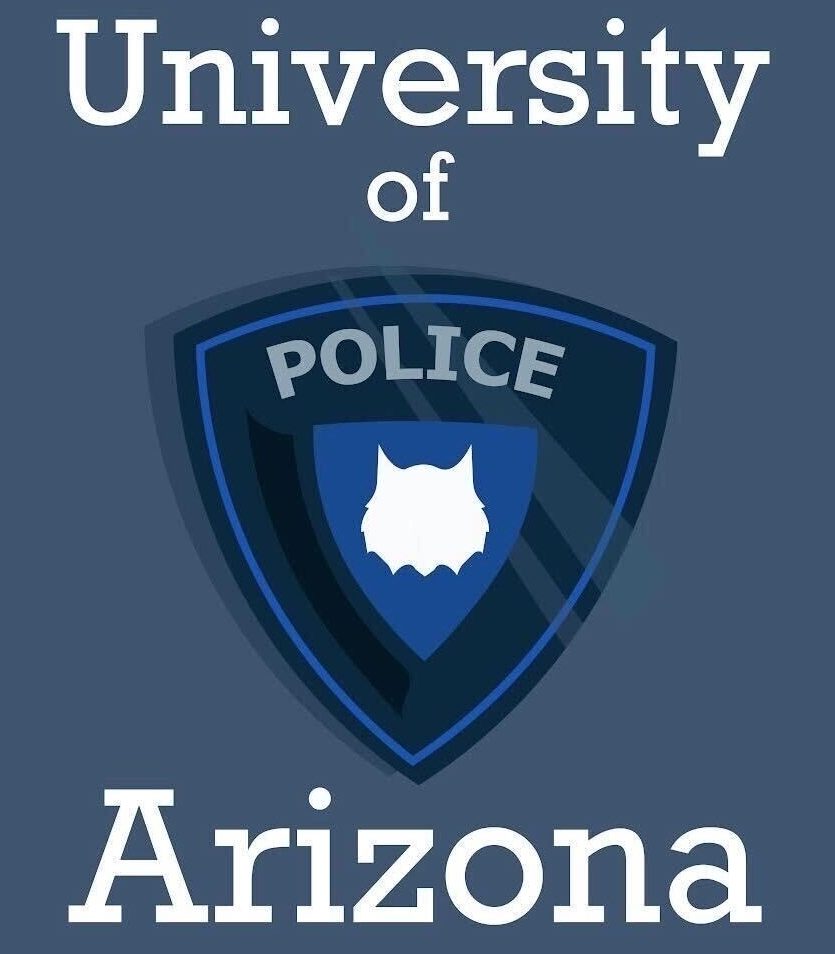The Veterans Education and Transition Services Center at the UA is preparing for the start of a new Peer Advocacy Liaison program in the fall. Tucson native Amanda Green is one of the few women among the liaisons, and her job is to help ease veterans’ transition from military life to academia.
Green, 32, a mother of one and a junior studying public health, is currently in the Navy Reserves.
“I was active duty for four years,” she said. “I love the Navy, but I wanted to focus on my education.”
Green wanted to do something that would help others, and assisting veterans’ transition into academic life seemed like a perfect fit.
According to Green, the VETS Center has recently seen a huge influx in female veterans, a change made thanks to an online survey.
“Even a few years ago it was very male-dominated,” she said. “Female veterans weren’t using the center and we wanted to address why that was.”
The center sent out an email to the veteran community last fall, asking female veterans to explain why they weren’t using the center.
RELATED: Campus Guide ’17: Renovations at Martin Luther King Jr. Building give students sense of home
“It came down to environmental opportunities,” Green said, describing the old VETS Center as a sort of boy’s club. “They’ve been working on that, and I think we’ve made a lot of positive changes.”
The center made a point to hire more women, such as Social Media Director Ashleigh Woolridge, an engineering student and military dependent.
“For a long time, the VETS Center was a space pretty much specifically for male combat vets,” Woolridge said. “But they’ve been working really hard to make sure the whole community feels welcome in the center.”
The military itself is largely male-dominated, Green explained.

“During my time in the Navy, I was working in a clinic and I was one of the only females working in the place,” she said. “Being a female in the military, you’re sometimes in situations where you’re one of the only women.”Consequently, the VETS Center is doing its best to change the atmosphere — not only to make everyone in the community feel welcome, but to accommodate a spike in the student veteran population.
The VETS Center expects the number of student veterans to nearly double in the upcoming semester, said Kyle Larson, another veteran and PAL.
There are currently 2,800 veteran and military-affiliated UA students. The VETS Center expects an increase in enrollment over the next year.
Green said the center is currently undergoing renovations to make the place more open and viewable.
James said the environment of the center once looked rather intimidating, with large lockers and blue partitions blocking off computers, giving it a kind of hospital vibe. But Green said they have ordered new desks, will move the lockers and will bring in new furniture making it look different.
RELATED: Campus Guide ’17: Discover the communities of the UA cultural centers
Speaking of her own transition to academic life, Green said it’s been difficult but pales in comparison to challenges she faced in the military.
“I think the most difficult part of transitioning to academia, though, is applying through the benefits website,” she said. “That can be pretty confusing.Also knowing who and where to go to as far as your advisors, scheduling for classes and how the GI Bill is paid.”
Green said they’ve been developing operational procedures to address those confusions. Because Green and other PALs are generally a few years older than other students, they know firsthand what it’s like to feel out of place, especially during orientation.
“A lot of the stuff they covered didn’t necessarily apply to me,” she said. “So what we’re trying to do is create an optional orientation process for veterans so we can facilitate our own orientation.”
The PAL program is intended to be a cushion for student veterans, men and women alike, to rely on for any concerns they might have throughout the transition.
“I think the most important thing is that we would like people to know that the center is here for everyone, not just veterans,” Green said. “I would like to welcome everybody to come check us out.”
Follow Jessica Blackburn on Twitter









